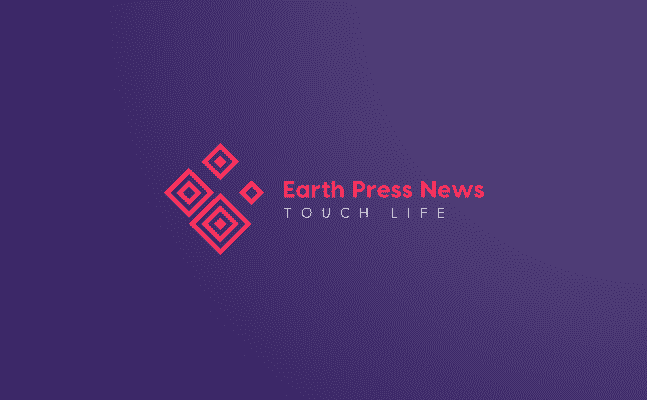A university study placed guinea pigs in a desk work situation in virtual reality. After a week, the result is rather mixed. With a rise in the anxiety and stress of the guinea pigs, and a drop in their efficiency.
Meta is betting everything on a virtual future, a la Ready player one, perhaps, where we will all spend all or part of our days in a virtual universe, to work, play, learn and have fun. The metaverse currently takes on many fantasies and must be confronted with a hard limit, called “reality”.
A week of virtual office
It is this limit, and the difficulties that arise from it, that researchers from the German University of Applied Sciences in Coburg have observed in a study they have just published. They wanted to confront the current technological reality with the promises made by the various players in virtual reality.
Among the promises, we find these famous gigantic and immersive workspaces, its dynamic offices at will, which can be found wherever you are. A workspace that promises to adapt to its user and even to what he does: “a VR office can dynamically adapt to a user’s work situation. It could turn into a soothing beach when you’re reading an article or a formal office when you’re writing an email,” reads the study’s introduction.
Among the limits, there is the more restricted field of vision, the definition of the screens much lower than what the human eyes perceive, etc.
Entitled “Quantifying the effects of working in virtual reality for a week”, it subjected 16 people (ten men and six women) to the same protocol. A classic office work week, and the same thing but in virtual reality. Each guinea pig was then equipped with a Meta Quest 2 virtual reality headset, the most popular models currently. A single keyboard, a Logitech K830, connected to Chrome Remote Desktop, then allowed these users to work for eight hours a day with a 45-minute lunch break, all five days a week. The tools chosen were chosen because they are supposed to be representative of what is commonly used today. The study did not in any way want to create a perfect framework with advanced hardware that few users can afford.
Concerning effects
At the end of each work session, the guinea pigs had to answer specific questions: do you feel sick? Do your eyes hurt? Etc. So many questions to find out if some were victims of the evil of virtual reality, for example. They complemented two additional elements monitored in real time, the heart rate of the user and his speed of text entry on the keyboard.
The study found “worrying levels” of VR sickness. Two guinea pigs even abandoned the project after a single day of using VR. They were apparently “very susceptible to forms of migraines, nausea and anxiety attacks”. Moreover, the study seems to indicate that women are more sensitive to this visual fatigue, perhaps because they have less experience of virtual reality, say the researchers.
It is also interesting to keep in mind that all participants rated their experience working in VR as being worse than their experience in a real physical environment. Generally, this experience was given to be 35% worse on average. Users’ anxiety rose by 19%, while their mental well-being was down by as much as 20%.
A very strong feeling of frustration was communicated by the guinea pigs, up by no less than 42%. A feeling that was surely linked to the fact that the people observed found that their day was busier, probably because they were less efficient. According to them, virtual reality is found to be 36% less convenient, while their personal work process is 14% less efficient and their perceived productivity was down 16%.
A first step
It is obvious, however, that not everything is to be thrown away. Thus, according to the participants, it seems that VR allows greater efficiency, but over a short period of time. One of the participants thus indicated having experienced “high efficiency for 45 minutes before suffering from a headache for three hours”.
So you have to learn not to overload yourself in virtual reality. Especially since there is still a lack of software tools to offer an ergonomic experience equivalent to that of reality. In addition, headsets, as efficient as they are currently, do not yet offer screens of good enough quality for their users to escape visual fatigue during a long virtual session. Even if the guinea pigs seem to have got used to it, partially.
“Some elements also indicate that the participants have gradually overcome their first negative impressions and their initial discomfort”, explains the study, which should make it possible to detect the failures of virtual reality and therefore to improve the experience of future VR workers.
Source :
Study University of Coburg
